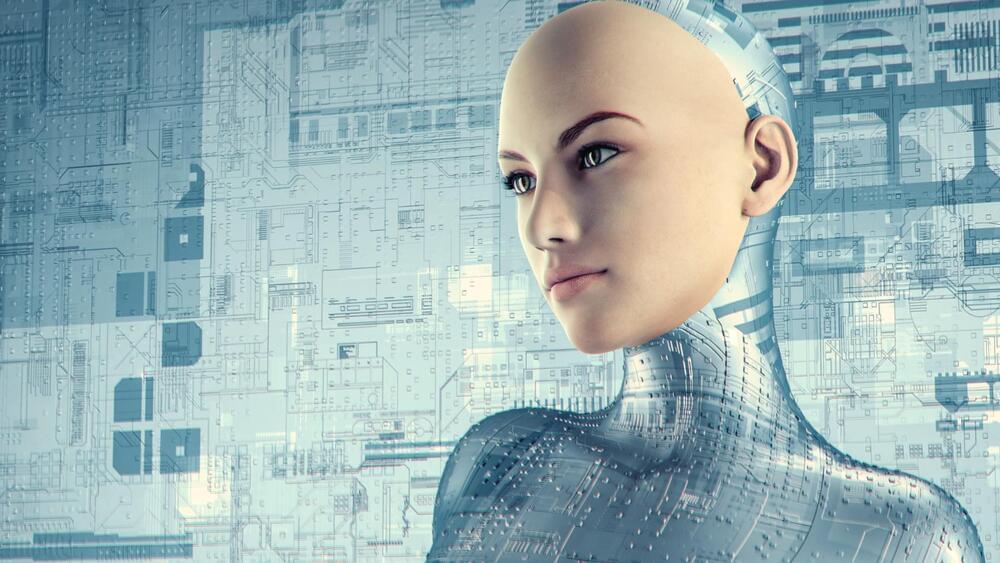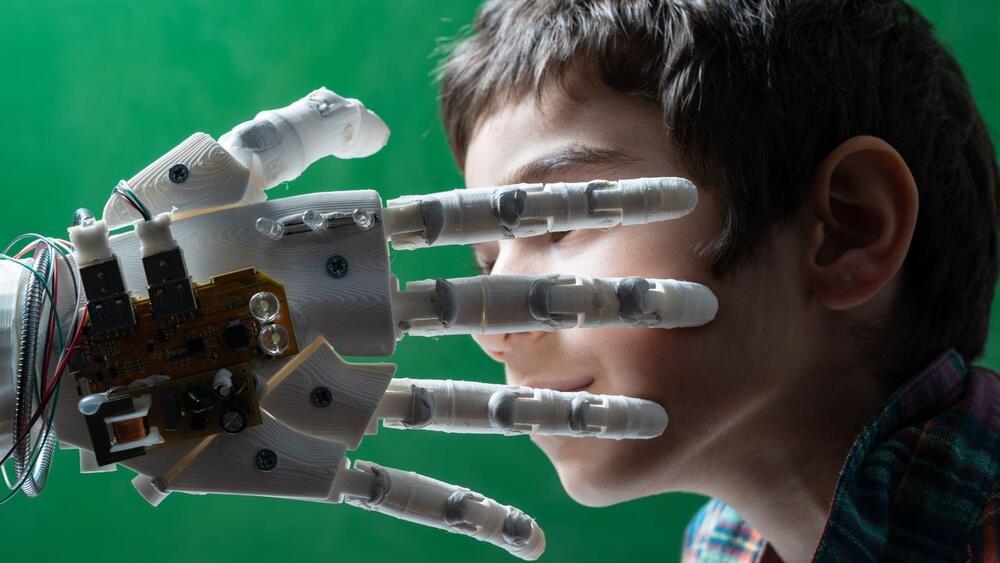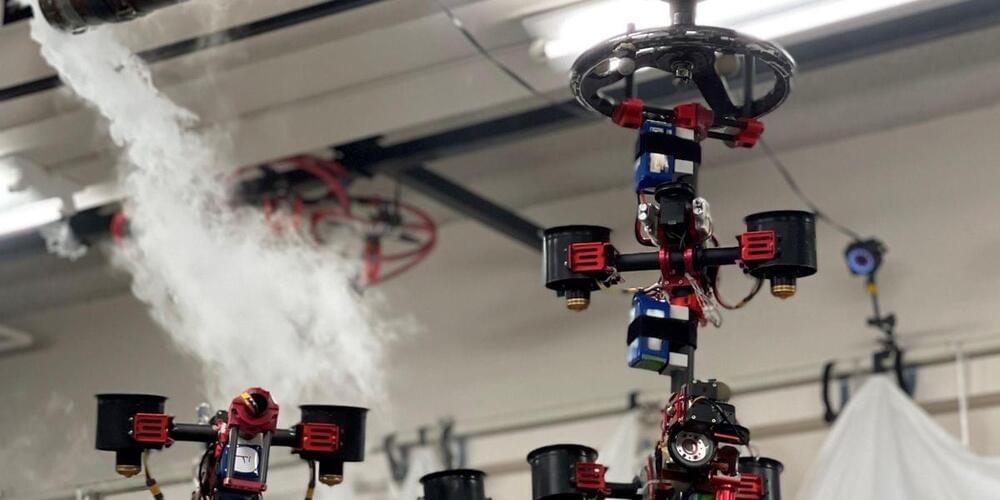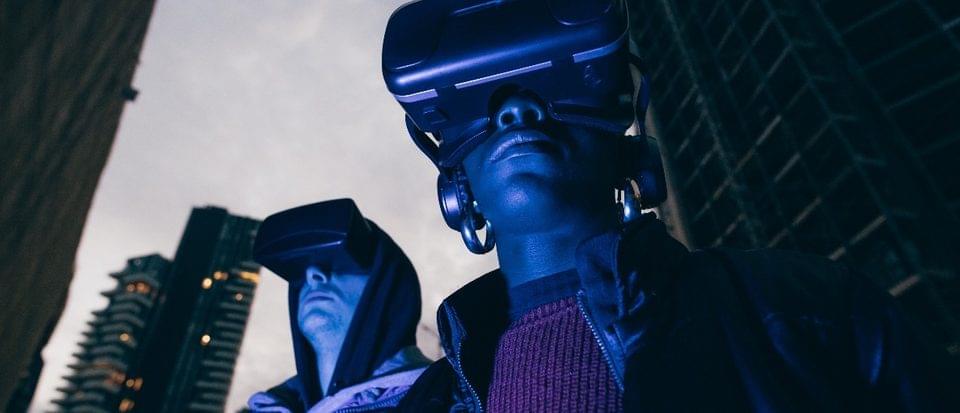The company behind Facebook has created an AI that could one day be used to help nonverbal people better communicate.




Creating images from text in seconds—and doing so with a conventional graphics card and without supercomputers? As fanciful as it may sound, this is made possible by the new Stable Diffusion AI model. The underlying algorithm was developed by the Machine Vision & Learning Group led by Prof. Björn Ommer (LMU Munich).
“Even for laypeople not blessed with artistic talent and without special computing know-how and computer hardware, the new model is an effective tool that enables computers to generate images on command. As such, the model removes a barrier to ordinary people expressing their creativity,” says Ommer. But there are benefits for seasoned artists as well, who can use Stable Diffusion to quickly convert new ideas into a variety of graphic drafts. The researchers are convinced that such AI-based tools will be able to expand the possibilities of creative image generation with paintbrush and Photoshop as fundamentally as computer-based word processing revolutionized writing with pens and typewriters.
In their project, the LMU scientists had the support of the start-up Stability. Ai, on whose servers the AI model was trained. “This additional computing power and the extra training examples turned our AI model into one of the most powerful image synthesis algorithms,” says the computer scientist.

Google employees are ratcheting up pressure on the internet-search giant to abandon its artificial intelligence work with the Israeli government, planning public demonstrations to draw greater attention to the controversial cloud-computing contract.
A handful of current and former workers spoke on Wednesday alongside Palestinian rights activists in San Francisco to call for the Alphabet Inc.-owned company to end Project Nimbus, a $1.2 billion contract through which Google and Amazon.com Inc. provide the Israeli government and military with AI and cloud services. The seven-year contract went into effect in July 2021. A petition protesting the agreement has received 800 signatures from Google employees, according to one of the organizers.

She will make fairer decisions for the employees.
The world of technology continues to meet the firsts. Recently, the China-based mobile game company NetDragon Websoft appointed an artificial intelligence-supported virtual human being as the general manager named “Tang Yu.”
The appointment was made on August 26 and the virtual CEO, Ms. Tang Yu started her position in the company’s principal subsidiary, Fujian NetDragon Websoft.
Gremlin/iStock.
Recently, the China-based mobile game company NetDragon Websoft appointed an artificial intelligence-supported virtual human being as the general manager named “Tang Yu.”

Nao is the new shoulder to lean on for children.
Sometimes it can be difficult for children to open their hearts to adults. If there is a mental disorder, this situation can be even more difficult. However, a robot called “Nao” overcame it.
Robots may be more effective in identifying children’s mental health problems than parental or self-reported testing, according to a recent study by the University of Cambridge.

A couple years ago, we wrote about the Dual-rotor embedded multilink Robot with the Ability of multi-deGree-of-freedom aerial transformatiON—Dragon, of course. It’s one of the wildest drones we’ve ever seen, consisting of four pairs of gimbaled, ducted fans, with each pair linked together through a two-axis actuated joint, making it physically flexible in flight to a crazy degree.
Dragon is one of those robots with literally more degrees of freedom than it knows what to do with—in the sense that the hardware is all there. But the trick is getting it to use that hardware to do things that are actually useful in a reliable way. In 2018, Dragon was just learning how to transform itself to fit through small spaces, but now it’s able to adapt its entire structure to manipulate and grasp objects.

Inbound foreign investments in key sectors are reviewed by the Committee on Foreign Investment in the United States (CFIUS). However, screening of outbound investments – a so-called “reverse CFIUS” – would be new, and could significantly impact industries ranging from aerospace and defense to fintech to pharmaceuticals.
How did we get here?
The last several years have witnessed an accelerated national security pivot from the twenty-year global war on terror to strategic competition with major state adversaries. Unclassified assessments of the U.S. national security posture reveal significant threats in domains ranging from artificial intelligence to hypersonic weapons to energy, many of which have been exacerbated by the theft of U.S. technology. The legislation proposing a “reverse CFIUS” review would seek to counter these threats by adding new controls to the flow of U.S. capital and intellectual property abroad.

NOMARS took a clean-sheet approach to ship design, holding firmly to the requirement that there will never be a human on board the vessel while it is at sea – including during underway replenishment (UNREP) events. By eliminating all constraints and requirements associated with humans, NOMARS opened up the design space to novel ship configurations and capabilities that could never be considered for crewed vessels.
NOMARS is also pushing the boundaries on ship reliability. Because there is no crew on board to perform maintenance, NOMARS required new approaches for power generation, propulsion, machinery line-up and control schemes to ensure continuous functionality throughout a long mission in all weather, temperature and sea states.
“NOMARS plans to demonstrate a next-generation completely unmanned ship that will enable entirely new concepts of operations,” said Gregory Avicola, program manager in DARPA’s Tactical Technology Office. “We will enable methods of deploying and maintaining very large fleets of unmanned surface vessels that can serve as partners, across the globe, for the larger crewed combatants of the U.S. Navy.”

But with such a rapid expansion into this new virtual world, will it be safe, regulated and, is it something we should fear or accept with open arms?
We talk to David Reid, a Professor of AI and spatial computing at Liverpool Hope University to see what to expect from the future of the metaverse.
There’s a few definitions. You can think of it from a technological viewpoint, where it’s simply the successor of the internet. Computers once took up big rooms, but they’ve shrunk until we got things like pocket-sized smartphones that you constantly interact with. The metaverse takes this a step further, making the actual environment you interact with virtual, removing the interface of computers completely.